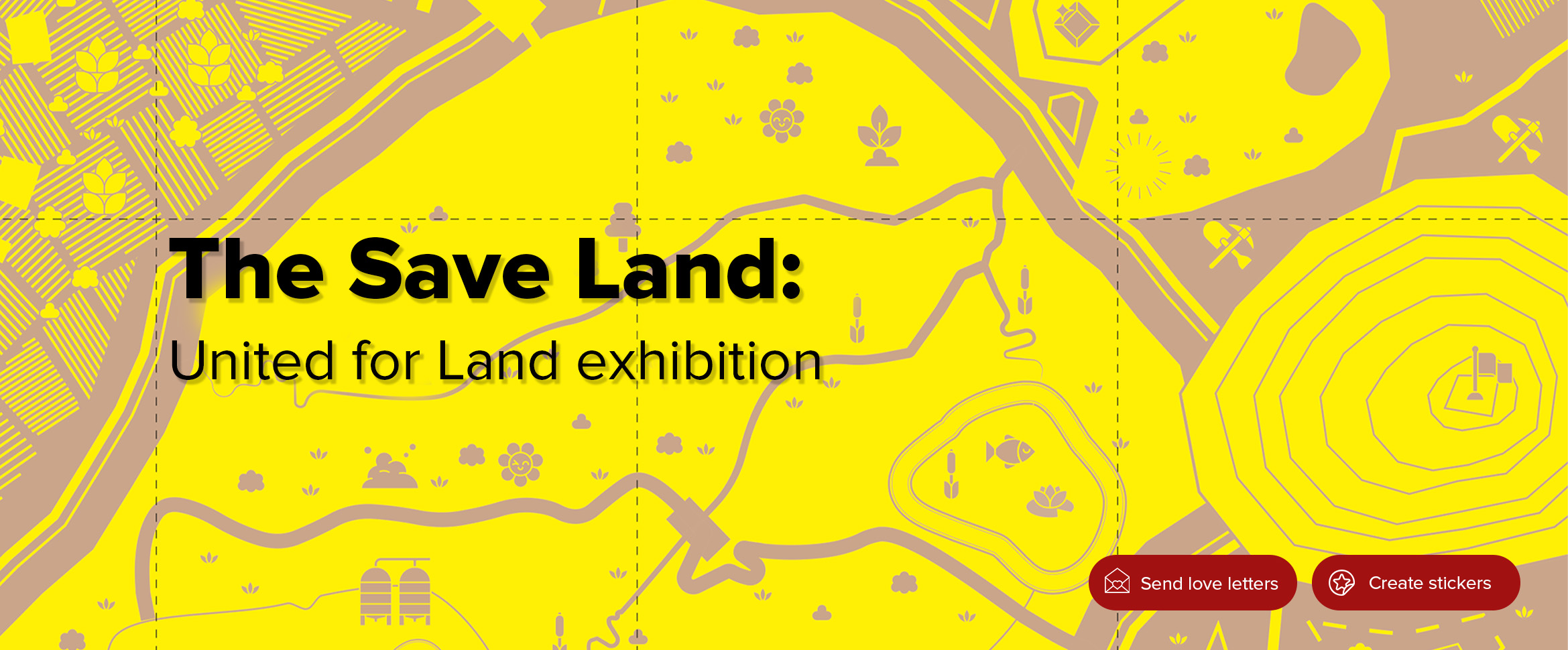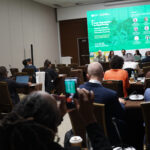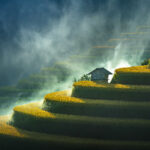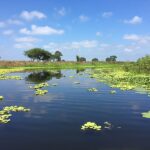Land as the source of life: Art and science exhibition on the conservation of healthy soils

Photo credit: UNCCD/G20 Global Land Initiative
In case you missed it, G20 GLI, in collaboration with the Bundeskunsthalle (BKH), on 6 December 2024 opened the Save Land: United for Land exhibition at the BKH museum in Bonn, Germany. The exhibition will run until 1 June 2025.
The following text is a translation of Pater Scharf’s article, titled, Land als Quelle des Lebens. Kunst- und Wissenschafts-Ausstellung über den Erhalt gesunder Böden, originally published in ttt – titel, thesen, temperamente on 8 December 2024. This translation was assisted by DeepL.”
What is the state of our soils? They take hundreds of years to form and thus form the basis for our existence. And yet around 100 million hectares of healthy soil are destroyed every year. So what can we do to protect them? The immersive exhibition ‘Save Land. United for Land’ presents scientific findings together with videos, spatial installations, archaeological finds and artworks to encourage people to take action to restore the soil. ttt visited the exhibition at the Bundeskunsthalle in Bonn.
Creating awareness
The exhibition raises awareness of the fact that the disappearance of productive, usable land is also a major cause of climate change – with art! A pop art saw by Claes Oldenburg takes on new meaning here in connection with the deforestation of the rainforest. ‘We believe that culture can have an important voice in these major global issues of climate change and environmental protection. It’s about joining forces,’ says curator Henriette Pleiger, explaining the motivation behind the exhibition. The exhibition is divided into three main themes: City, Land, Nature.
The city
It starts with the city. Today, more than 50 per cent of people live in cities, on just two per cent of the habitable land area. And the trend is rapidly increasing. The city as a playground, a place of ideas, but also as a juggernaut that consumes enormous resources. In fact, every inhabitant of a major German city is supplied by gigantic areas of cultivated land, which are rarely on the doorstep. Henriette Pleiger: ‘These supply areas come from completely different regions of the world and degrade soils at an abstract distance that we are not even aware of.
The land
Peruvian artist Ximena Garrido-Lecca has created a kind of traditional threshing floor from harvested corn cobs. A place to rest and reflect. ‘I’m interested in this split between culture and nature. And the idea of mutual exchange. It is so important to respect and, yes, heal the soil, the land,’ says Ximena Garrido-Lecca. Maize is the most widely grown grain in the world. But it is less and less about food and more about cosmetics, tablets, adhesives, oil and ethanol. The information density of this exhibition is enormous. The art makes the topic emotional and tangible.
The nature
And then we delve into ‘’untouched nature‘’, meaning the rare areas on our planet that have not yet been changed by humans. But they are constantly under threat of being exploited by us. ‘We hardly attach any economic value to areas of untouched nature because they are not productive,’ says curator Henriette Pleiger, ’but they have completely different services that we need to recognise, for example with regard to climate change. There needs to be a shift in thinking when it comes to re-evaluating the importance of land for our lives.’ The theme of this exhibition: heavy content. But conveyed in a very sensual way.




